Essential Guide for Designing Commercial Kitchens & Bars

This course will provide architects with the tools to design commercial kitchens and bars that meet industry standards and evolving demands. Covering Australian standards, planning, design principles, sustainability practices, equipment selection, current trends, and best practices. Participants will learn to create functional, safe, and adaptable kitchen designs.
-Caterlink
Innovative PVC Woven Flooring Design
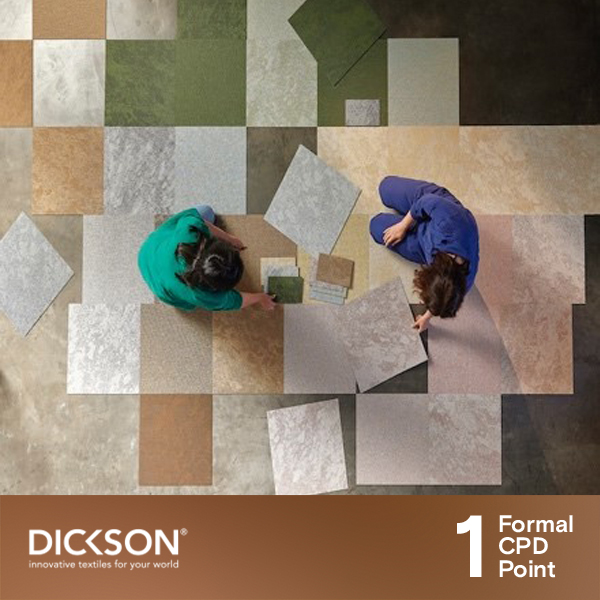
Learn how woven vinyl flooring enhances durability, aesthetics, and sustainability in commercial projects. Explore fire compliance (AS ISO 9239.1-2003), 3D design tools, and material benefits like slip resistance and acoustic performance. Gain CPD points while optimizing flooring solutions for functionality, longevity, and design versatility.
-Dickson
Embodied Carbon: How to identify and minimise the impact of materials without compromising system performance

How to identify and minimise the environmental impact of building materials such as plasterboard and insulation without compromising building system performance. Covers the importance of reducing embodied carbon alongside operational carbon; the role of material selection in reducing embodied carbon, and the role of life cycle analysis in providing specifiers with the information needed to accurately assess products during selection.
-Knauf
Reducing Operational Carbon – Using window and door specification to build for efficiency

In this course, architects will learn about innovations in windows and doors systems in order to design, build, and construct homes that meet the new 7-star energy-efficiency provisions. The course will cover vital elements such as climate zones, U Values ad solar heat gain coefficients, enabling architects to specify the right windows and doors to maximise natural light and the views.
-AWS
Specifying Sustainable Floorcoverings
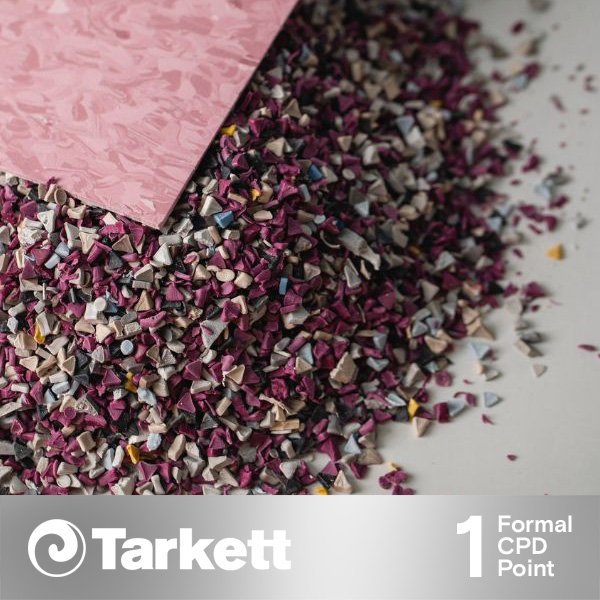
When selecting flooring, health and sustainability are front of mind. That’s why Tarkett doesn’t just offer beautiful, high-quality, sustainable flooring solutions, but also complete piece of mind. This Sustainability CPD will examine what ‘sustainable’ means in the context of flooring, the importance of maintenance, and how to utilise third party building labels and some key credentials to assist in the specification of sustainable flooring products.
-Tarkett
Designing Out Carbon
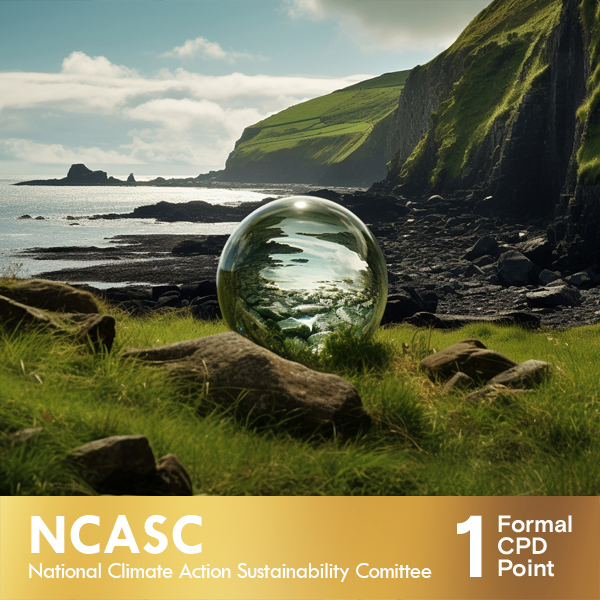
‘Designing Out Carbon’ delves into industry initiatives addressing carbon reduction, spotlighting a collaboration’s creation of an embodied carbon Roadmap for architects, NABERS’ work on a carbon standard, and tools for emission calculation.
-NCASC
Electrifying Architects
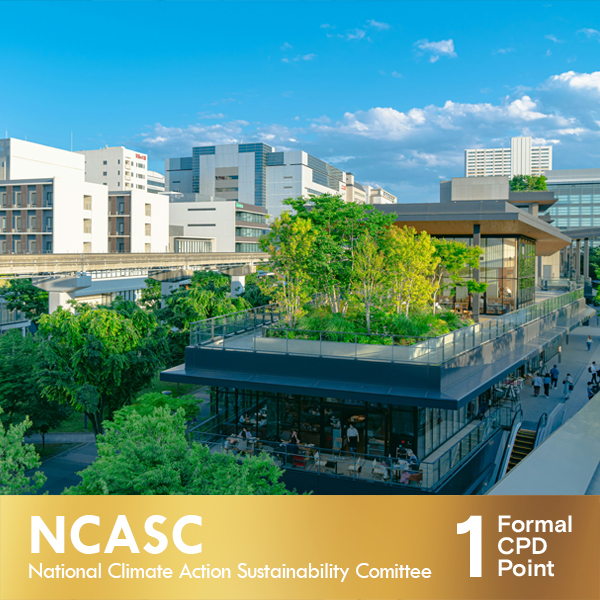
‘Electrifying Architects’ focuses on the crucial role of electrification in architecture for achieving a zero-carbon future, featuring discussions on emerging energy transition technologies, opportunities for architects, the importance of measurement in supporting sectoral transition, and scaling electrification for equitable energy access, all while emphasizing the event’s carbon-offset initiatives and live streaming for national audiences.
-NCASC
Sustainability and Innovation in Surfaces

The built environment produces a third of the world’s waste. Every year about 100 billion tonnes of raw materials are extracted for use across the buildings and construction sector. Today, it is possible to create products that have a positive impact on the world around us. More sustainable and carbon neutral, with higher percentages of recycled materials and a longer life cycle. Designing for a sustainable future requires architects, designers, and specifiers to look at materials from a more holistic perspective.
– Cosentino
Passivhaus Part 2 – Health, Sustainability, Affordability

The second part of our Passivhaus series will take you on a transformative journey, exploring the intersection of health, sustainability, and affordability in the built environment. You’ll gain a deep understanding of the vital role that buildings play in shaping our well-being, the environment, and our economies. Available on-demand.
– Smart Plus Academy
Sustainable concrete
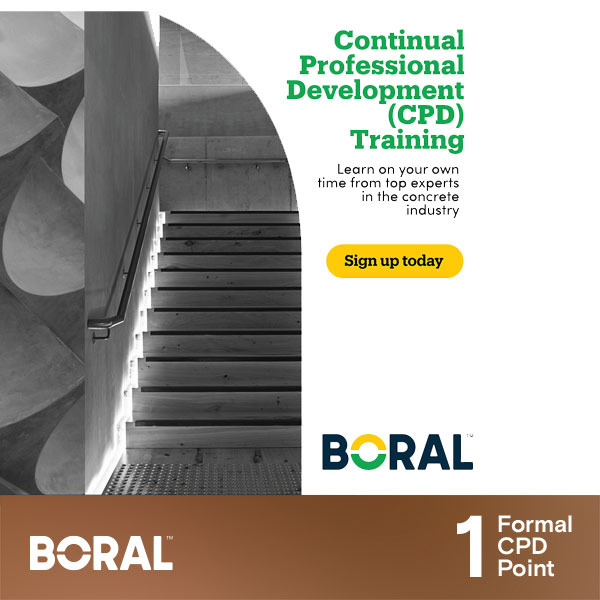
Architects can reduce the embodied carbon of a building by specifying lower carbon construction materials. Concrete represents a significant portion of the embodied carbon of a building. This one hour course explains why concrete has a high embodied carbon content and how it can be reduced without compromising the project schedule or the engineering properties of the concrete.
– Boral
